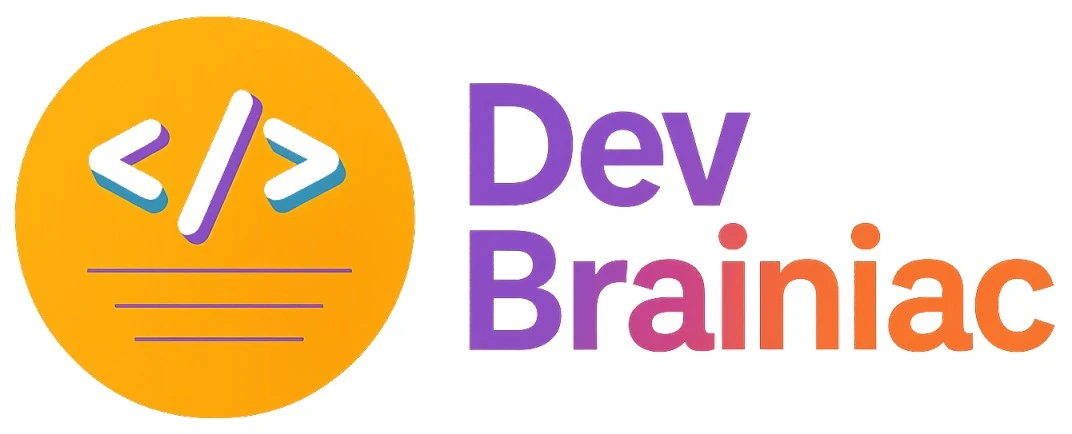Question 1
What is a Database Management System (DBMS)?
1
A hardware device for storing data
2
A programming language for creating applications
3
A software that manages and organizes data in a database
4
A network management tool
Question 2
What is the primary function of a Database Management System (DBMS)?
1
Manage operating system processes
2
Perform network communication
3
Optimize CPU performance
4
Store and retrieve data efficiently
Question 3
Which of the following is NOT a type of data model in DBMS?
1
Object-oriented model
2
Hierarchical model
3
Cloud model
4
Network model
Question 4
Which of the following is a key difference between SQL and NoSQL databases?
1
SQL databases do not support transactions, while NoSQL does
2
SQL databases are schema-less, NoSQL databases require a strict schema
3
SQL databases store data in documents, NoSQL stores data in tables
4
SQL databases use structured query language, NoSQL uses flexible data models
Question 5
Which ACID property ensures that once a transaction is committed, it remains so even in case of system failure?
1
Atomicity
2
Consistency
3
Durability
4
Isolation
Question 6
What is the main goal of normalization in a database?
1
To increase redundancy
2
To store data in a single large table
3
To minimize redundancy and improve data integrity
4
To reduce data integrity
Question 7
Which of the following is NOT a type of data model in DBMS?
1
Hierarchical model
2
Network model
3
Object-oriented model
4
All of the above
Question 8
Which of the following is an advantage of distributed databases?
1
Faster data retrieval in all cases
2
No need for replication
3
Complete elimination of data redundancy
4
Improved reliability and availability
Question 9
What does ACID stand for in DBMS?
1
Atomicity, Consistency, Isolation, Durability
2
Accuracy, Consistency, Isolation, Database
3
Automation, Control, Integrity, Dependency
4
Access, Control, Integrity, Data
Question 10
Which of the following is NOT a type of database model?
1
Hierarchical
2
Linear
3
Network
4
Graph-based
Question 11
Which of the following indexing techniques is used in DBMS?
1
B-Tree
2
Hashing
3
Bitmap Indexing
4
All of the above
Question 12
Which of the following is an advantage of NoSQL databases over traditional RDBMS?
1
Schema flexibility
2
Better horizontal scalability
3
Handling unstructured data
4
All of the above
Question 13
What does SQL stand for?
1
Sequential Query Language
2
System Query Language
3
Structured Query Language
4
Standardized Query Logic
Question 14
Which of the following best describes an RDBMS?
1
A database system that organizes data in tables with relationships
2
A database system that only allows unstructured data storage
3
A file-based system for data storage
4
A database system that stores data in key-value pairs
Question 15
In a relational database, what does a foreign key do?
1
Automatically indexes data
2
Uniquely identifies a row in a table
3
Ensures a table has at least one row
4
Establishes a relationship between two tables
Question 16
Which of the following is an example of an RDBMS?
1
Neo4j
2
MySQL
3
MongoDB
4
Firebase
Question 17
What is the purpose of the PRIMARY KEY in a table?
1
To store null values
2
To create foreign keys
3
To uniquely identify each row
4
To allow duplicate values
Question 18
Which of the following SQL commands is used to remove all records from a table but keep its structure?
1
DELETE
2
ALTER
3
DROP
4
TRUNCATE
Question 19
In a relational database, what does normalization help to achieve?
1
Reducing redundancy
2
Increasing redundancy
3
Slowing down performance
4
Increasing complexity
